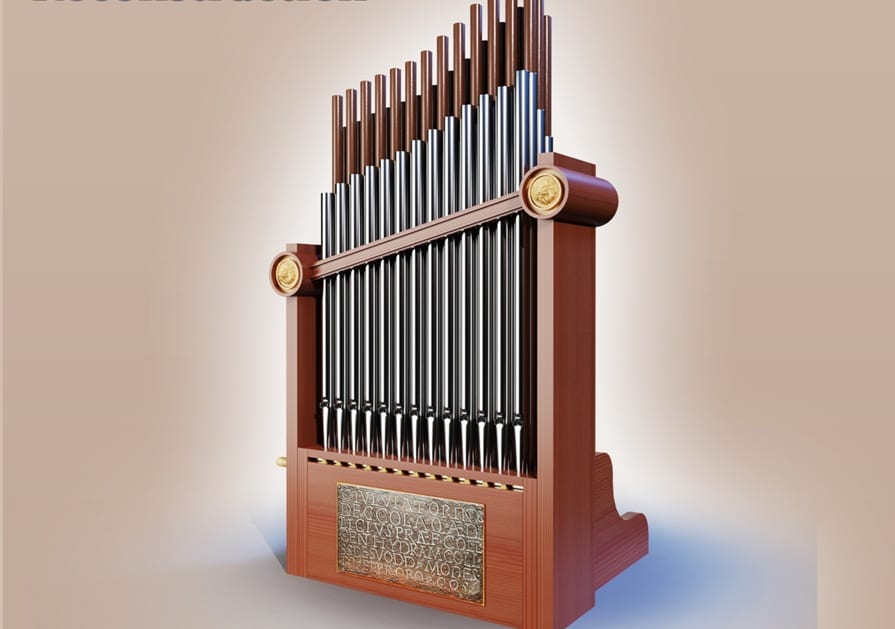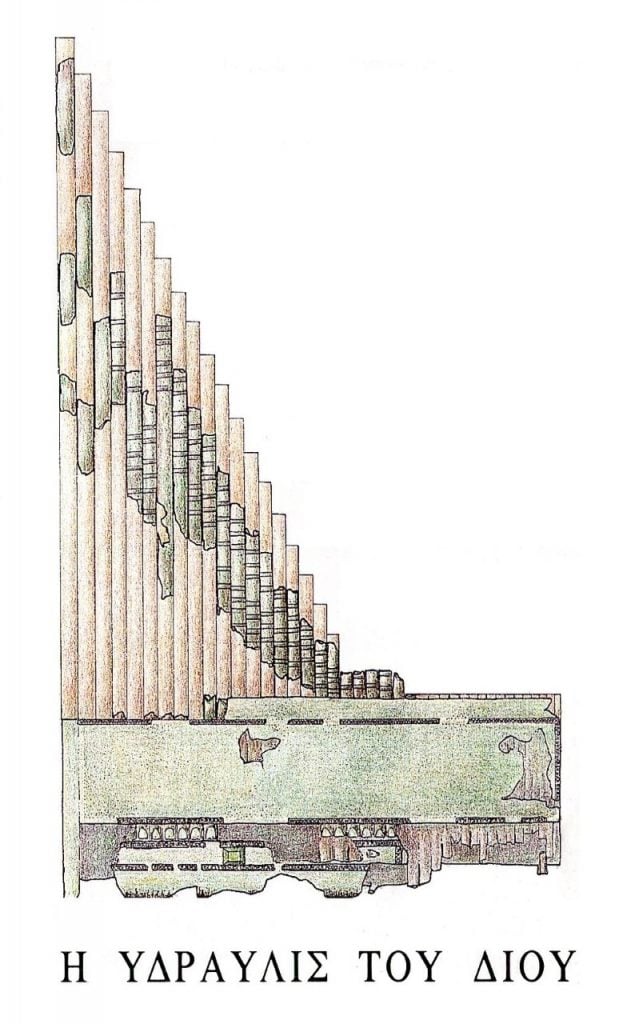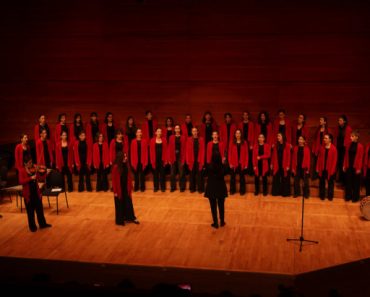
Fragments of the Hydraulis—the ancient Greek water organ—were unearthed at the archaeological site of Dion, at the foot of Mount Olympus in 1992, a discovery described by archaeologists as “one of the most important finds in classical music history.
The fragments belong to the oldest preserved example of the Hydraulis, confirming historical accounts of this ingenious instrument.
A revolutionary invention from Alexandria
The Hydraulis is recognized as the world’s first keyboard instrument and the ancestor of the modern pipe organ. The instrument was originally invented in the 3rd century BC by the celebrated engineer Ctesibius of Alexandria, in what is modern-day Egypt.
What set the Hydraulis apart was its groundbreaking use of water to regulate air pressure. Air was pumped into a chamber submerged in a cistern of water. This water counter-pressure (pnigeus) was crucial, ensuring a steady, powerful, and continuous stream of air to the pipes, resulting in a stable musical tone—a massive technological leap for music production.
The Dion discovery of the Greek water organ

The fragments, which include copper tubes and a copper plate, were found during excavations led by the late Professor Dimitris Pantermalis in Dion. Dating back to the 1st century BC, the Dion Hydraulis offers tangible proof of the instrument’s sophisticated construction.
“This is more than just a musical instrument; it’s a piece of ancient engineering genius,” stated a museum representative. “The craftsmanship suggests an instrument of high cultural status, likely used in official ceremonies or elite entertainment.”
The find confirms that the instrument, initially developed in Hellenistic Egypt, had spread throughout the Mediterranean, reaching important centers like Dion in the province of Macedonia.
A powerful legacy
Following its invention, the Hydraulis gained immense popularity across the Roman Empire, being utilized in grand public settings like the arena, the theatre, and imperial courts.
While later versions eventually replaced the water mechanism with bellows, the Hydraulis’s foundational structure—a keyboard activating air-powered pipes—endured. It ultimately traveled through the Byzantine Empire before reaching Western Europe, where it evolved into the colossal pipe organs heard in cathedrals today.
The original remains of the Hydraulis of Dion are currently a central exhibit at the Archaeological Museum of Dion, with a working replica having been constructed to allow modern audiences to hear the sounds of this ancient marvel.







